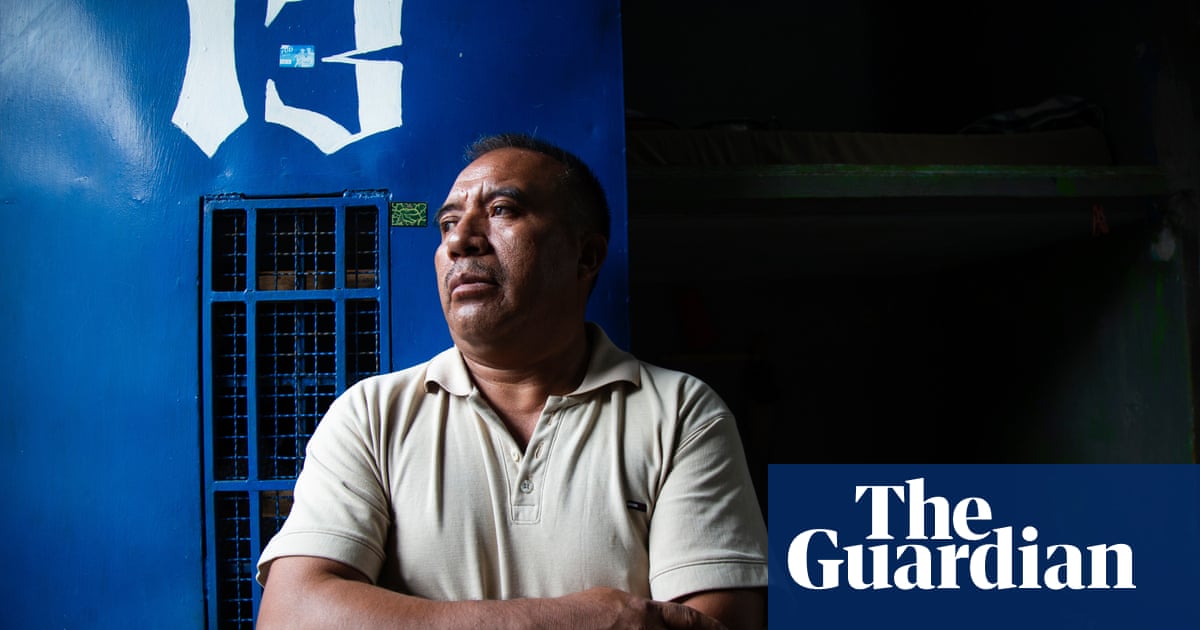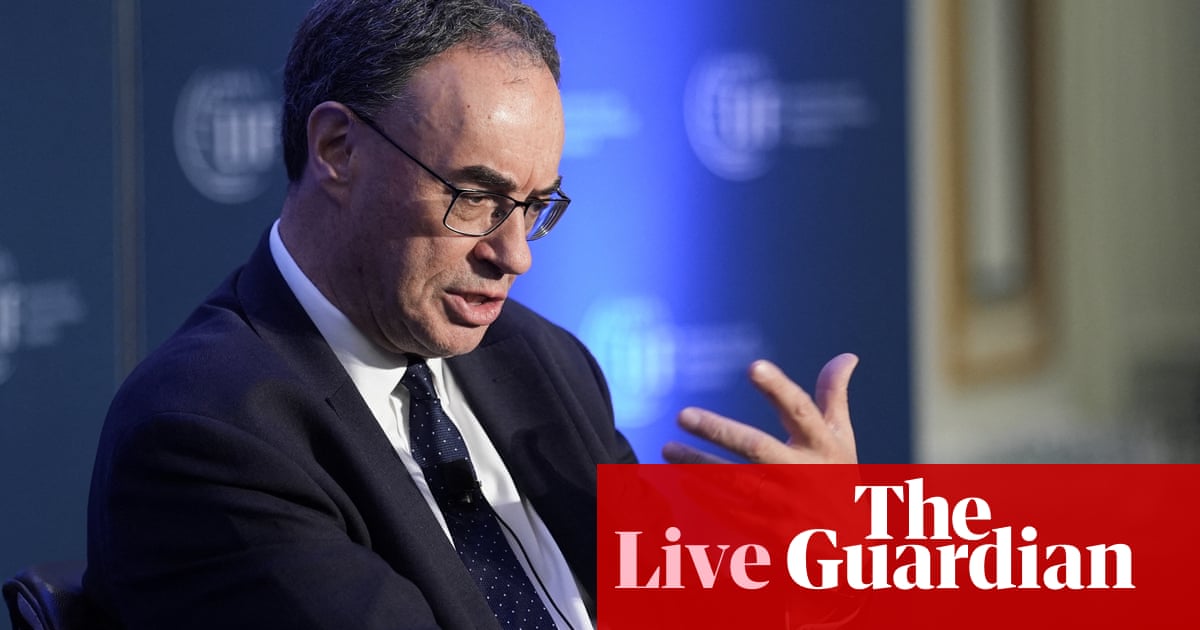For anyone involved in the government’s strategy to combat violence against women, the National Audit Office’s recent report must have felt like a bucket of cold water. This is a societal problem that plenty of evidence suggests is getting worse rather than better – though inconsistent data is itself a challenge and makes firm conclusions tricky.
The prevalence of sexual assault against women in England and Wales is estimated to have risen from 3.4% of the population to 4.3% between 2009‑10 and 2023‑24. Over the same period the number of reported rapes and sexual assaults rose around fourfold – a change only partly explained by improved recording. Violence against women and girls now accounts for about 20% of all crime, despite an estimated reduction in the prevalence of domestic violence (from 9.2% to 7.4%). Digital technology has created opportunities for new kinds of offending – and left lawmakers struggling to keep up.
A report last year led to police being issued deadlines to produce action plans on stalking. New offences relating to the creation and sharing of intimate images and sexually explicit deepfakes will be included in a crime bill that is expected soon. But the wider question of how ministers plan to meet their own hugely ambitious target, of halving violence against women and girls (VAWG) in a decade, is waiting for an answer.
The NAO’s damning verdict on the Home Office’s existing strategy will not make this any easier – except in as much as it allows ministers to blame the last government for a dire situation. According to the report, assessing progress is made difficult by the retrospective addition to the strategy of a “theory of change” that was devised as part of a separate domestic abuse plan. The Home Office told the NAO that it doesn’t know what impact either plan has had on offending. A ministerial group set up to oversee implementation met just four times between 2021 and 2024. The home secretary attended only once.
Even more dismaying, given that prevention is among the strategy’s main aims, is the report’s finding that, despite spending £4.2m since 2021 on research, the government is in the dark regarding what works. These studies have yet to provide “significant insights”, with some projects still incomplete. While results are expected to feed into policymaking in future, the Home Office says that lack of evidence is an international problem.
Preventing harm is an important goal of criminal justice policy, as it is in health. But given this lack of information, it makes sense to refocus on tried‑and‑tested services. Council-funded victim support and women’s refuges are chronically underfunded, while courts have seen some of the deepest public sector cuts. Ministers should commit to rebuilding these crucial foundations of the VAWG sector, and improving criminal justice outcomes.
Increasing funding for voluntary-sector women’s groups might sound less appealing than stopping men from abusing their partners in the first place. But for now a policy focused on the needs of victims and survivors would send a powerful message. One thing the old strategy had right was its recognition that action must be coordinated across departments. Yvette Cooper at the Home Office, Shabana Mahmood at the Ministry of Justice, and Angela Rayner at the department for local government could together lead a shift at the top of government. They should approach VAWG pragmatically, by restoring vital support to those affected.
-
Do you have an opinion on the issues raised in this article? If you would like to submit a response of up to 300 words by email to be considered for publication in our letters section, please click here.

.png) 2 months ago
22
2 months ago
22













































